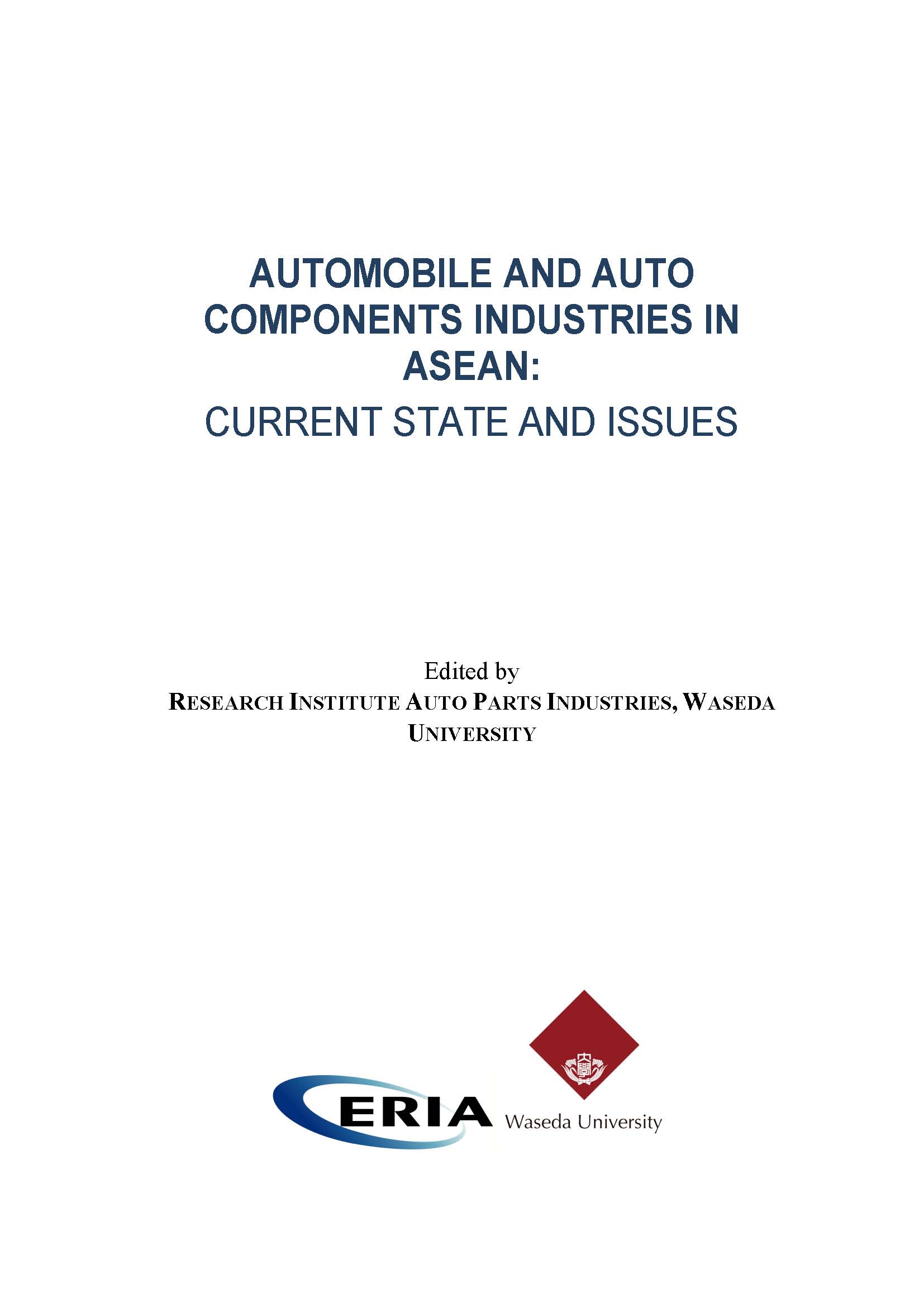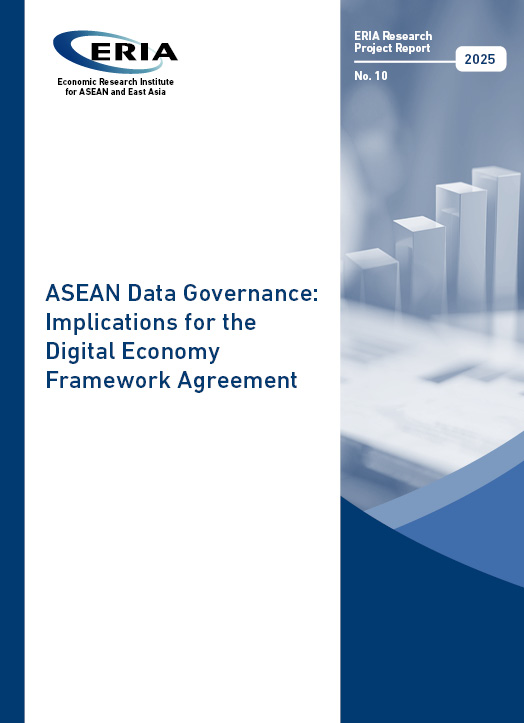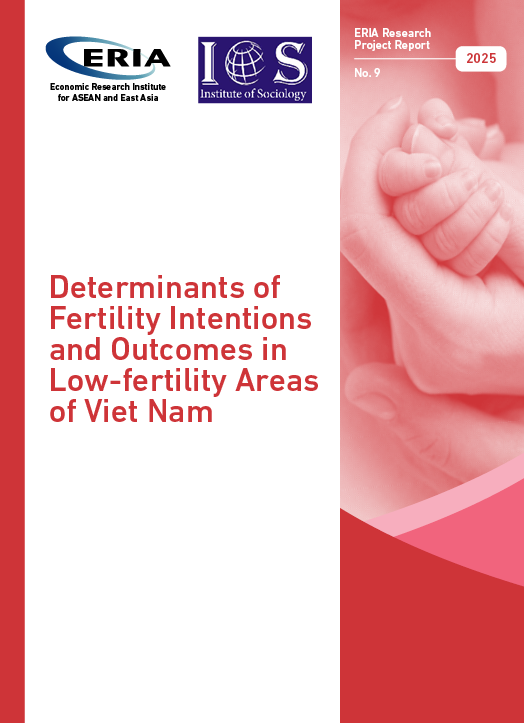Automobile and Auto Components Industries in ASEAN: Current State and Issues

Date:
19 November 2014Category:
ASEAN, Industry and ManufacturingType:
Research Project ReportsTags:
industry and manufacturingPrint Article:
The ASEAN region is going through a time of changes. Concretely, efforts towards the realisation of the ASEAN Economic Community (AEC) 2015 are under way, which will result in a common market with a population of over 600 million. This is roughly half of the Chinese population and the creation of a common market will have great consequences for the world economy.
This research project is focusing on the impact of AEC 2015 on the automotive industry, which includes vehicle producers and auto parts suppliers. The reason is that the brand-to-brand complementation (BBC) scheme as proposed by Mitsubishi Motors allows the automotive industry to play an important role in the historic development of AEC. The BBC scheme and the ASEAN Industrial Cooperation (AICO), which went replaced by the ASEAN Free Trade Area (AFTA), developed into the present AEC 2015. However, this development is not the only relationship between the automotive industry and AEC. In fact, the AEC is the driving force in the development of the automotive industry. It cannot be denied that the agglomeration of the automobile original equipment manufacturers (OEMs) and the extensive supplier industry are linked to this growth. Moreover, it cannot be doubted that the production of completely built units (CBUs) in various ASEAN member states is based on the use of a system of intra-regional reciprocal parts supply. In short, the automotive industry has been a main promoter and beneficiary of regional integration. Therefore, the research will be limited to exploring the impact of the forthcoming AEC 2015 on the automotive industry.
Basing on the latest 2013 available data, vehicle production in the ASEAN5 (Indonesia, Malaysia, the Philippines, Thailand and Viet Nam) countries surpassed 4.44 million units and sales reached 3.50 million units. If we are presuming a 5 percent annual growth rate for production and 7 percent for sales, this would result in 5.90 million produced and 5.60 million sold units in these countries by 2020. In fact, this estimate is relatively moderate as it partly includes the so-called CLMV countries (Cambodia, Laos, Myanmar, Viet Nam), which can be expected to experience a rapid market expansion. If the annual growth rate would reach 10 percent, the market would even surpass the 6 million unit mark.
If one adopts this projection, the ASEAN market has a truly high growth potential. Naturally, this is not to deny other markets: If projections for the Chinese automobile market are correct, sales will reach 25 million units in the same timeframe. However, the supremacy of the ASEAN market lies in its political stability, the advanced state of certain markets, and the historical impact of Western culture on institutions. This market has created a production system that rests on the international division of labour between diverse countries, meaning that this automotive production system differs from the Chinese or Western systems.
Full Report
Contents
List of Abbreviation and Acronyms
Chapter 1. Current State and Issues of the Automobile and Auto Parts Industries in ASEAN
Chapter 2. Logistics of ASEAN Automotive Components
Chapter 3. Mobility of Skilled Workers in ASEAN
Chapter 4. The CLMV Automobile and Auto Parts Industry
Chapter 5. The Indian Automotive Industry and the ASEAN Supply Chain Relations
Appendix. Regarding the "ASEAN Economic Community and Japan"




